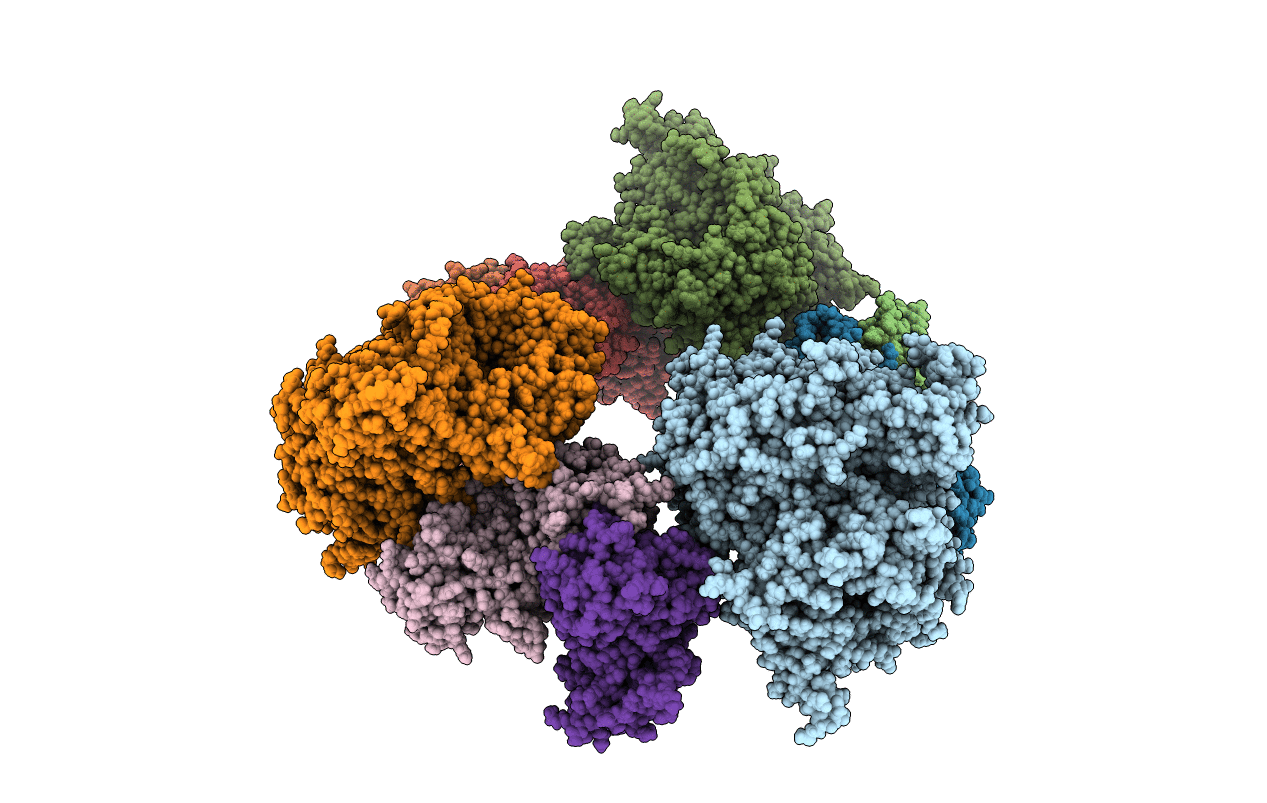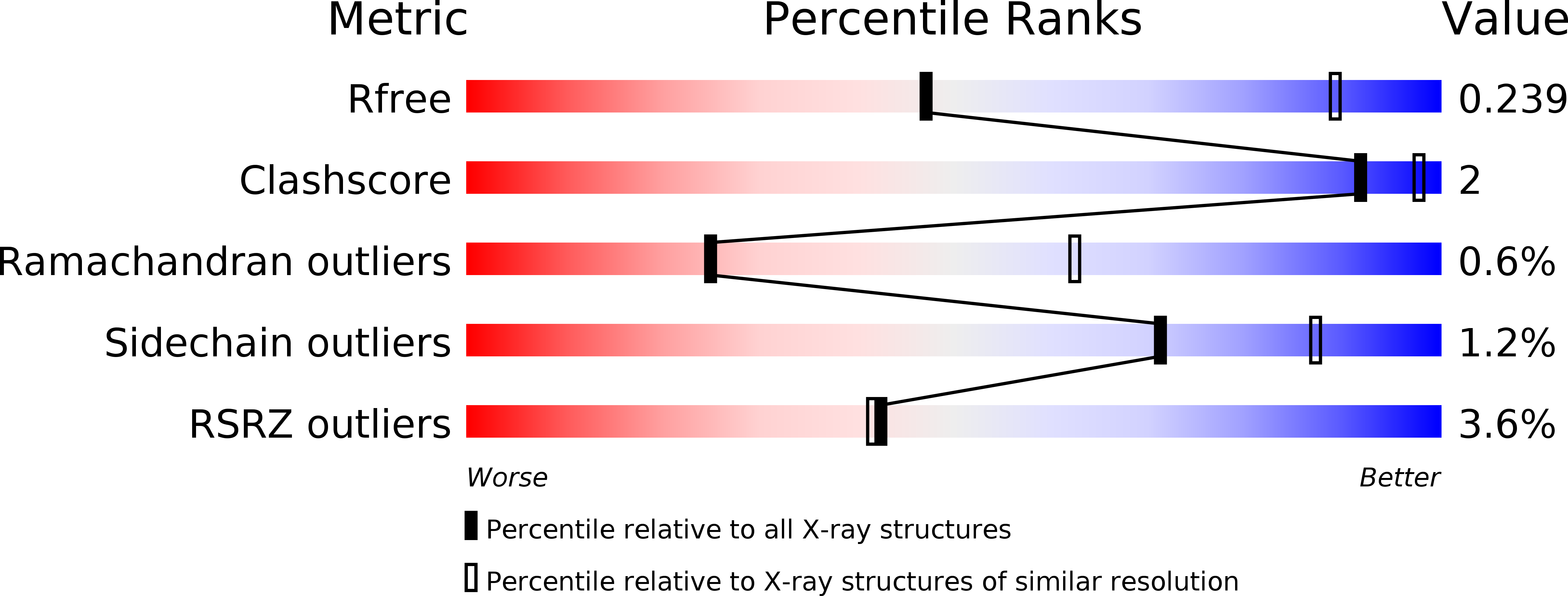
Deposition Date
2019-11-07
Release Date
2020-06-17
Last Version Date
2024-11-20
Method Details:
Experimental Method:
Resolution:
3.46 Å
R-Value Free:
0.22
R-Value Work:
0.19
R-Value Observed:
0.19
Space Group:
P 31 2 1


